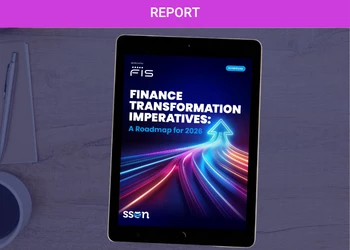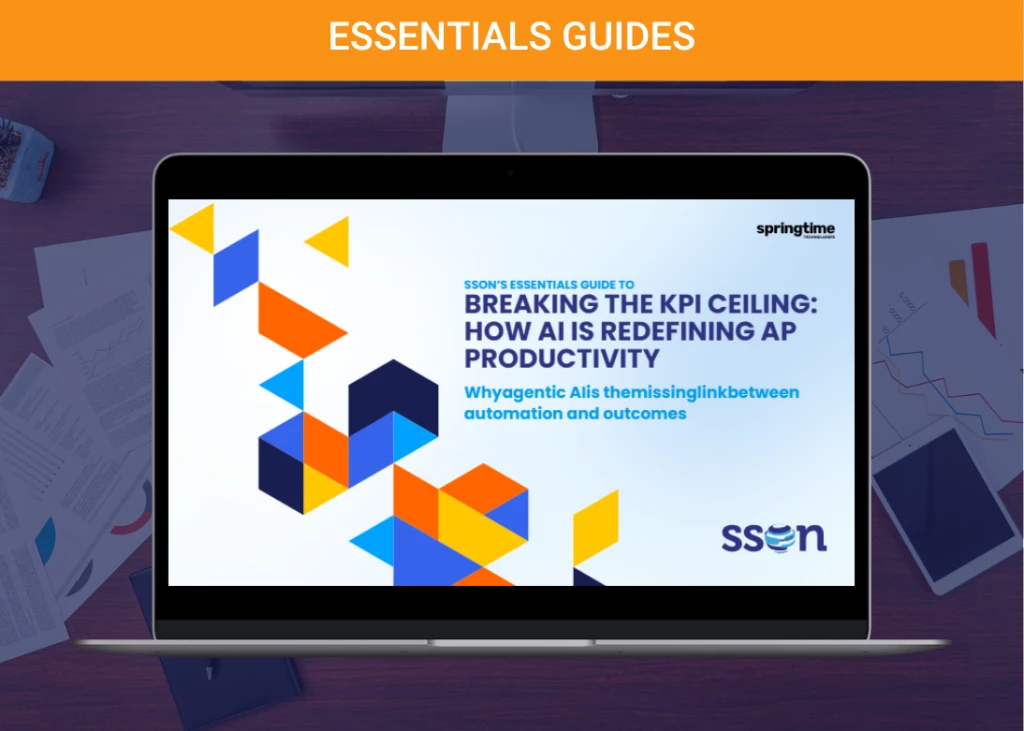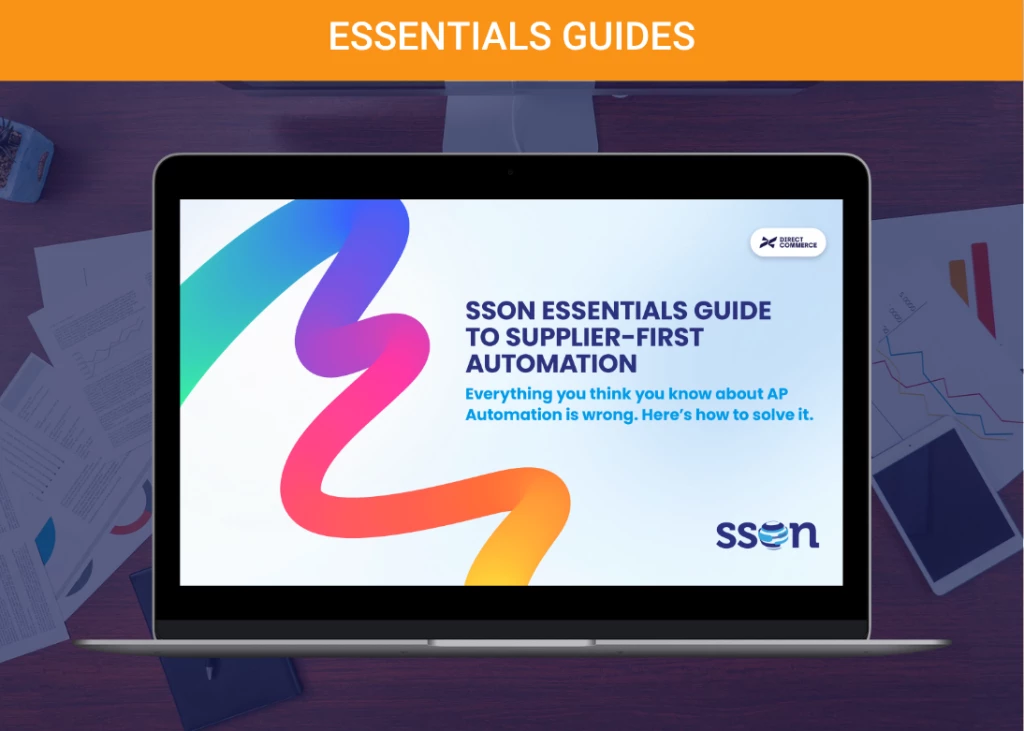Improving the Global Payroll Process Through Analytics
Add bookmark
International organizations have long endured inefficient global payroll processes—and for many, the problems still persist today.
In most cases, businesses know they face inefficiencies and simply lack the insight required to improve—while for others, ignorance is bliss. As long as people are getting paid properly, there’s no need to make improvements, right? Well, if the process is fraught with risk, hidden costs, and heavily manual and fragmented activities there is. When it comes to payroll, you can paper over the cracks for only so long.
Today, analytical tools are able to bring much-needed transparency to the payroll process, which has put the function under the microscope of senior executives looking to optimize internal practices and eliminate unnecessary cost.
With analytics programs and platforms in place, businesses are finally starting to pay attention to how payroll is processed end-to-end. It’s only by considering the whole payroll journey that refinements can be made to each step to make things more time-efficient and cost-effective (see below).
Figure 1: Use analytics to compare your payroll journey
In reality, you’ve always had the raw data you need to review the global payroll process at your fingertips. Until now, though, you’ve not been able to bring it together in a form that will enable you to properly analyze everything from start to finish.
The Payroll World Before Analytics
Before the era of big data and the advent of modern payroll analytics, extracting and piecing together information from your HR and payroll systems was always a manual and time-intensive process. For some, that continues to be the case.
In the pre-analytics age, a request was sometimes made to a payroll outsourcing partner to manually create and share the information. The work would still need to be performed manually, which simply meant passing the time burden to the partner, often resulting in significant fees. Not only was it a costly process, it was one still prone to human error.
Regardless of which party performed the data consolidation, the considerable effort involved meant the business would be analyzing incomplete data that had become decidedly out of date by the time it was available.
Gaining a solid understanding of current processes, as well as figuring out who is doing what beyond domestic borders, are two of today’s biggest global payroll challenges. To know how payroll is performing, you first need to know who performs it—particularly difficult when the responsibility is spread over several interrelated functions, as it often is.
Being able to fully analyze your operations at a local and regional level, gaining a true picture of how different departments relate and interact, is therefore the critical first step toward a better payroll process.
Tipping the Scales in Your Favor
A well-optimized payroll process is one that achieves great balance. This means the right level of standardization globally to drive efficiency, at the same time enabling enough flexibility for each country to be effective. The outcomes of such a “perfect” process will be a streamlined global payroll operation, which ensures that local compliance and cultural issues are proactively controlled with minimal effort.
This balance is much easier to conceptualize than it is to put into practice. Often organizations will oversimplify supporting systems, limiting their functionality. In turn, this forces more activities to be executed outside of the standard process in order to cope with local requirements. Some go too far the other way, and the global system becomes way too complex to be adopted fully.
Analytical tools make a huge difference in helping you understand how your payroll actually works and are essential in enabling you to identify opportunities to optimize your processes and get this balance right.
The Power of Real-Time Data
Modern payroll analytics platforms leverage cloud technology to give you instant access to real-time data. Once you’ve gone through the initial process of bringing your data sources together in the cloud, stakeholders will have access at all times to a single centralized dashboard, pulling in live payroll information from across your global footprint as it happens (see Figure 2).
Figure 2—How analytics can take payroll forward, globally
That means you will no longer have to wait for small armies of people to pull together static reports, or pay your outsourcer to provide the information. All your data will be right where you need it, available at the touch of a button.
And unlike those static reports you used to use, analytical tools enable you to interact with the data—digging deeper to drive new understanding and granularity. Users can apply their own filters, drill up and down through different levels of data, and look at information plotted across various periods of time.
In short, you’ll be able to quickly and easily reach the exact information you need to see, at the precise moment you need to see it.
So, exactly what data should you analyze to help you transform your global payroll processes? Let’s explore this in greater depth.
[inlinead]
Global Payroll Process Data
The effective analysis of your payroll data can ultimately help inform all manner of business decisions. From identifying offshoring and near-shoring opportunities, to assessing the benefits of incentive programs, there are insights to be gained that can drive your business at the highest level.
First and foremost, though (for payroll teams at least), greater visibility into your global payroll process means the opportunity to identify and execute improvements. The key areas upon which to focus include the following:
End-to-End Processing Time
- How long does it take to run a payroll process from start to finish?
- Which tasks within that process are taking the most time to perform?
Analysis of this data stage by stage will help you identify and eliminate bottlenecks, and as you start to make improvements you can monitor the impact of the changes you’ve made over time. With the right data, you may even be able to significantly shorten the payroll process and make meaningful upstream changes to how payroll-related activities are handled by other departments in your organization.
Red Flags
- How many issues are being flagged at a local level or at certain stages of the process?
Benchmark against your other country payrolls, as well as best practices in your industry. While getting benchmarking data can be challenging and expensive, some new payroll analytics solutions allow you to compare your data against an anonymized source of peer data.
Payment Accuracy and Timeliness
- Are your payments being made with 100% accuracy, 100% on time?
While it doesn’t mean your processes are perfect, it should go some way to ensuring a positive employee experience. When working with some of our customers, we’ve been able to identify overpayments and occasionally fraudulent payments by centralizing data and providing audit trails for data handling and manipulation.
Inflated Costs
- Did your payroll processing costs suddenly increase in one region over another?
- Why are your 2016 EMEA processing time and the associated costs both 20% higher than last year?
Such descriptive and diagnostic data can be easily obtained using a centralized solution, allowing you to pinpoint areas of frequent error, miscommunication, or even fraud.
With any such metrics, the advantage of a single unified global payroll platform is that it enables you to analyze Key Performance Indicators (KPIs) on a country-by-country or region-by-region basis. What’s more, the depth of data available provides the opportunity to get predictive around your process errors–uncovering patterns or trends that help you anticipate issues well before they hit you.
Steps to Process Improvement
With the right data extracted, you can properly start to evaluate how things are done and where improvements should be made.
However, it’s not just about quantitative data. As stated earlier, gaining an understanding of who does what across your global payroll function is a vital first step toward process improvement. Adding qualitative insight will therefore help you gain a more rounded version of the truth.
So, talk with your various countries, identify the people engaged in payroll delivery, and ask them what kind of work they are doing and where they can see improvements.
From here, you can map out your processes to define your “as-is” scenario—providing a clear baseline for improvement as you move toward better ways of working.
There are six steps to follow for process improvement:
- Define and document current procedures. Create a clear flowchart that visually maps out your current payroll process step by step. Document every phase of procedure to ensure maximum potential for improvement.
- Baseline the key measures and identify improvements. Use your data to evaluate each phase of the documented procedure and quantify your input/output costs, which will be the baseline to measure future performance. Then ask key questions such as, at which steps do bottlenecks occur? Where do most of your costs accumulate? What activities take the most time? Are there any single points of failure?
- Redesign the process. With a list of problems clearly identified, you can start work on re-shaping your current payroll processes. It’s likely to be a mix of trial and error, so here’s where your analytical tools can periodically perform impact assessments. Critical here is to also look at what can be automated without increasing risk or quality of delivery.
- Secure resources. In parallel to Step 3, you’ll need to secure the people and systems required to embed the new process.
- Roll out the process. Rolling out your global payroll solution can be a challenge in itself, with some resistance to new ways of working to be expected, especially at a local level. Getting key stakeholders on board in the design process (Step 3) will help ensure adoption.
- Monitor your improvements. Again leveraging the power of analytics, you can accurately monitor the improvements you’ve made to your processes. For instance, plot data points over a period to track individual processing times, watching them fall as a result of your streamlined processes.
Beyond Payroll That Just Works
Paying people on time and accurately is not the ultimate measure of payroll. Rather, it’s making this happen through the most efficient and effective means possible.
So start paying attention to the end-to-end process behind your pay cycle. Use analytics to get the whole picture first and you’ll avoid creating only partially effective processes. This approach is the key to transforming your global payroll function, ensuring it performs at the highest levels possible, year after year.
[inlinead]
Reprinted with kind permission from August/September 2016 GLOBAL PAYROLL. The Global Payroll Management Institute spearheads the APA’s global initiatives to provide the world with a leading community of payroll leaders, managers, practitioners, researchers, and technology experts. www.GPMInstitute.com.





















